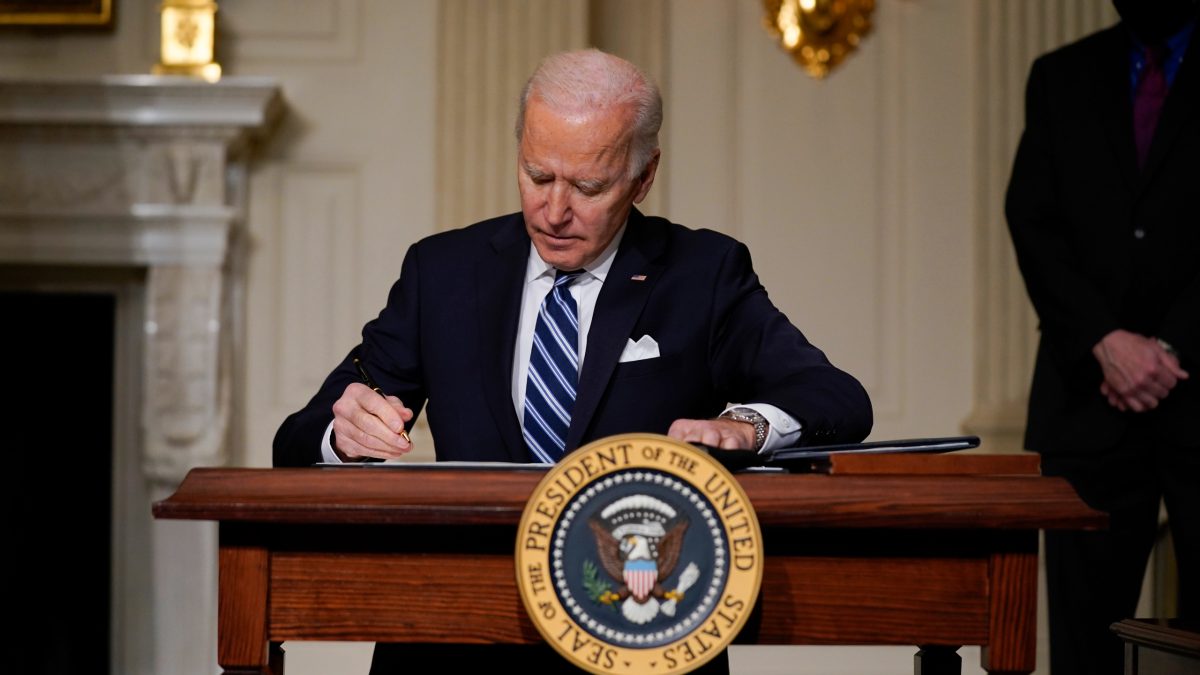President Donald Trump’s controversial immigration executive order has not had any luck lately. The order barred people from seven Muslim-majority nations from entering the United States for 90 days. This has been met with stark resistance by people of all backgrounds. While such an action is not new, as President Obama placed an executive order in 2011 preventing Iraqi nationals from entering the country after an attempted bombing in Kentucky, Trump’s actions have considerable differences.
Foremost is the fact that Trump’s executive order was not in response to a specific and immediate threat facing the United States or its allies. No nationals of the countries named in the executive order have carried out a successful terrorist attack in the US in the 21st century. The sole motivation for the ban is the slew of promises made by the current administration during the campaign.
Secondly, the ban has language that can be interpreted as favoring certain groups because of religious belief. The ban prevents all people from the affected nations from entering the United States, except that one clause allows for religious minorities to be considered for admission. Based on Donald Trump’s previous comments and the fact that these countries are majority Muslim, the clause is targeting Christian populations.
Doing so is a violation of federal law, specifically the Immigration and Nationality Act of 1965, which prevents the withholding of visas based on race, sex, nationality, or place of birth. Trump’s legal team made several counter-arguments such as trying to tie the president’s action to a 1952 law. The administration also argued that the 9th Circuit court did not have the power to overturn the travel ban, saying that they did not have nationwide jurisdiction.
The U.S 9th Circuit court took all these arguments into account when it made its decision last week on whether or not to strike down the order. The judges were not convinced by the defense and decided that Trump’s executive action would not be reinstated. Instead of fighting the decision, President Trump decided last Thursday to replace the current executive order, which address the concerns made by the courts. He has not announced any details, so it remains unclear what the future travel ban might look like.
The most obvious solution would be to remove the clause giving minorities preferential difference. Doing so would address the court’s main issue with the executive order. Trump’s decision to abandon his original proposal will mean less time litigating in court and a quicker implementation of the President’s policy, even though it is not what he originally wanted. The current administration seems adamant about completing its agenda, regardless of any outside pressure such as the courts, congress, or the general public’s opinion. The entire affair has given people everywhere an idea of how Trump plans to govern.

































